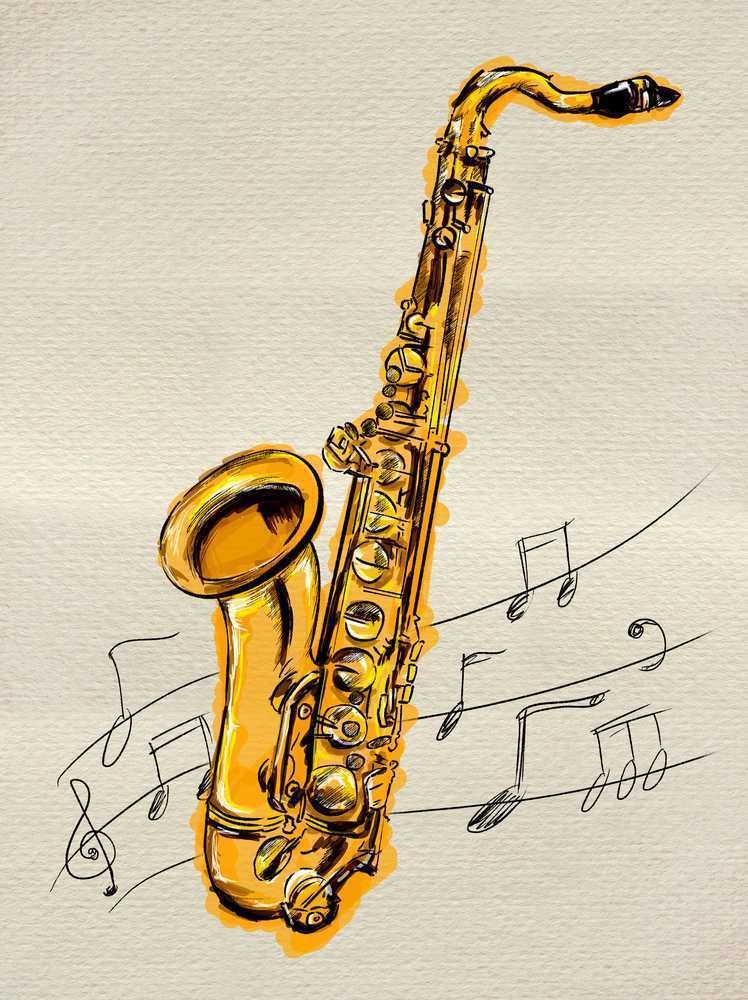"A blending of two musical traditions, African and European, contributed to the development of jazz. African music, with its five-tone, or pentatonic, scales and complex rhythms came to North America during the slave trade."
(from the introduction to Jazz by Walter Dean Myers)

The more I read about Jazz, the happier I felt about choosing this as a music topic to do with students early on. For one, I felt better knowing that it connects to the "pre-approved" pentatonic scale.
And, there's a more important reason. I attended the very first Racism in Waldorf Education online conference at Sunbridge last November (and it was sold out so quickly they scheduled a second one... and then a third). One of the major themes was how the Waldorf scope & sequence is inherently so Eurocentric.
We also talked about the new and complex questions about raising children who are not only not racist but are actively anti-racist.
I think that it would be a wonderful thing if we start off our children's schooling right away in First Grade with celebrating the stories and music of Black musicians.
However, to be honest, I never took the time to sort out musical selections for each of these artists, and so I never did read the books to my First Grade students. I am making this a priority for our Summer between grades 1 & 2, inspired -- in part -- by the work of Henri Matisse. Matisse often compared "the rhythm of cutting paper to the spirit of jazz music" and Using Art to Create Art: Creative Activities Using Masterpieces by Wendy Libby suggests listening to Jazz music while doing Matisse-inspired paper cutouts. Love that!


So I'm revisiting my earlier blog post Fun with Music and copying over the Jazz picture books and adding in links to the music.
If you wanted to, you could even do "J is for Jazz" in the First Grade Capital Letters block! A saxophone looks just like a J.
TO INTRODUCE JAZZ

The 5 O'Clock Band
by Troy "Trombone Shorty" Andrews
modern book, really brings to life the culture of New Orleans
- good follow-ups would be:
find the city of New Orleans on a map
take a riverboat cruise
listen to "When the Saints Go Marching In"
read a book about Louis Armstrong
eat some of the foods mentioned in the book (red beans and rice, andouille sausage, collard greens, okra with tomatoes)
Trombone Shorty
by Troy "Trombone Shorty" Andrews
The Greentail Mouse
by Leo Lionni
Mardi Gras
Jazz
by Walter Dean Myers
really useful introduction & timeline
Freedom in Congo Square
by Carole Boston Weatherford
This Jazz Man
by Karen Ehrhard
EXCELLENT
- Louis "Satchmo" Armstrong
(1900-1971)
Bill "Bojangles" Robinson
(1878-1949)
Luciano "Chano" Pozo y González
(1915-1948)
Edward Kennedy "Duke" Ellington
(1899-1974)
Charlie "Bird" Parker
(1920-1955)
Art "Blu" Blakey
(1919-1990)
John Birks "Dizzy" Gillespie
(1917-1993)
Thomas Wright "Fats" Waller
(1904-1943)
Charles "Baron" Mingus
(1922-1979)
TO FOCUS ON SPECIFIC JAZZ ARTISTS
Just a Lucky So and So: The Story of Louis Armstrong
by Lesa Cline-Ransome
- Louis Armstrong
trumpet

Rap a Tap Tap: Here's Bonjangles - Think of That!
by Leo and Diane Dillon
Dizzy
by Jonah Winter
- Dizzy Gillespie
trumpet
played with Charlie Parker (saxophone) and Thelonius Monk (piano)
Ella Fitzgerald: The Tale of a Vocal Virtuosa
by Andrea Davis Pinkney
- Ella Fitzgerald
sang with Dizzy Gillespie
ELLA FITZGERALD SINGS THE IRVING BERLIN SONG BOOK
Little Melba and Her Big Trombone
by Katheryn Russell-Brown
- Melba Doretta Liston
trombone
played with Dizzy Gillespie
Bird & Diz
by Gary Golio
- Charlie Parker and Dizzy Gillespie
Charlie Parker Played Be Bop
by Chris Raschka
- Charlie Parker
saxophone
Birth of the Cool: How Jazz Great Miles Davis Found His Sound
by Kathleen Cornell Berman
- Miles Davis
trumpet
played with Charlie Parker
Mysterious Thelonius
by Chris Raschka
- Thelonius Monk
piano
MONK'S MOOD
this is one of my favorite albums and contains lots of guest artists
Before John Was a Jazz Giant: A Song of John Coltrane
by Carole Boston Weatherford
- John Coltrane
saxophone
played with Dizzy Gillespie, Thelonius Monk, Miles Davis
John Coltrane's Giant Steps
by Chris Raschka
- John Coltrane
saxophone
"Giant Steps" was composed and recorded during Coltrane's 1959 sessions for Atlantic Records, his first for the label. The original recording features Coltrane on tenor saxophone, Paul Chambers on double bass, Tommy Flanagan on piano, and Art Taylor on drums.
Duke Ellington: The Piano Prince and His Orchestra
by Andrea Davis Pinkney
- Duke Ellington
piano
Harlem's Little Blackbird: The Story of Florence Mills
by Renée Watson
- Florence Mills
cabaret singer and dancer
Black Beauty by Duke Ellington is a tribute to her
no vocal recordings of Mills exist
The Forgotten Fame of Florence Mills
National Portrait Gallery
The Music in George's Head: George Gershwin Creates Rhapsody in Blue
by Suzanne Slade
- George Gershwin
piano
Rhapsody in Blue debut was in 1924
Jazz Age Josephine
by Jonah Winter
- Josephine Baker
cabaret singer and dancer
quick clip
longer documentary (for adults)
Oskar and the Eight Blessings
by Richard and Tanya Simon
- William James "Count" Basie
musician and orchestra leader
this story takes place in 1938
When Marian Sang: The True Recital of Marian Anderson
Pam Muñoz Ryan
this concert happened April 9, 1939
- Marian Anderson
singer
Denied A Stage, She Sang For A Nation
April 9, 2014 - NPR
‘She sang with her eyes closed’: The concert at the Lincoln Memorial that changed America
April 9, 2019 - The Washington Post
LET FREEDOM RING
live at Lincoln Memorial (restored)
UPDATE: I did teach this in 2023, and all of my notes are here!
This post contains affiliate links to materials I truly use for homeschooling. Qualifying purchases provide me with revenue. Thank you for your support!


























 Immersive Experience
Immersive Experience Immersive Experience
Immersive Experience







No comments:
Post a Comment